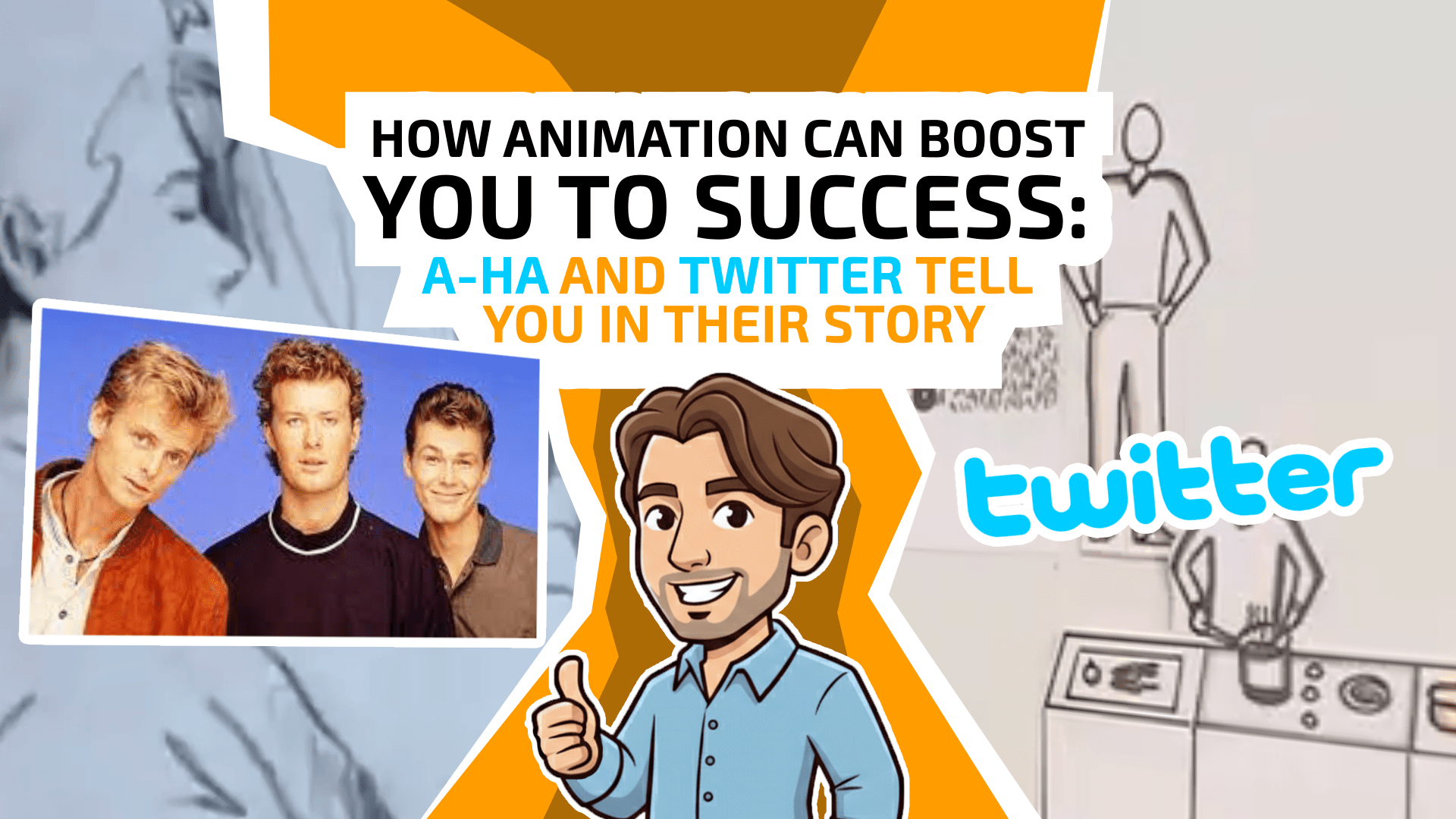How Animation Can Boost You to Success: A-ha and Twitter Tell You in Their Story
In the competitive worlds of business and art, it often takes more than just a great product to achieve success. You need a way to connect, to communicate an idea so that it resonates and becomes unforgettable. While at first glance an 80s pop band and a 2000s tech giant seem to have nothing in common, they both found their catalyst in the very same tool: creative animation.
I’m Gastón Muyano, and in my career as an animator, I’ve seen firsthand how a well-executed visual solution can completely transform a project’s trajectory. Today, I want to break down two legendary cases that prove animation isn’t just decoration—it’s a powerful strategic solution.
Case Study #1: A-ha and the Fantasy That Conquered the World
In the mid-1980s, the Norwegian band a-ha had a brilliant song, “Take On Me,” but they were struggling to get heard. After two failed releases, their chances were running out. They decided to bet everything on one music video.
Instead of following convention, director Steve Barron used a classic animation technique, rotoscoping, to create something entirely new. This method, perfected by Disney to bring realism to its characters, was reinvented to build a fantasy world where a real-life girl was pulled into an action-romance comic book.
The process was a feat of craftsmanship, involving over 3,000 hand-drawn frames created over four months. The result didn’t just save the song; it catapulted it to global stardom, hitting #1 in 27 countries and winning six MTV Video Music Awards. The animation didn’t just sell a song; it sold a story, an emotion, and a cultural icon that endures to this day.
The takeaway: Animation can build worlds, tell stories, and create an emotional connection so strong that it turns a product into a legend.
Case Study #2: Twitter and the Clarity That Simplified the Complex
Let’s jump forward several decades. In 2007, Twitter was a revolutionary idea, but it suffered from a very different problem than a-ha: not a lack of fame, but a lack of understanding. Potential users didn’t grasp what the stream of 140-character messages was or what it was for.
The solution didn’t come from an artistic masterpiece but from a deceptively simple animation. The “Twitter in Plain English” video by Common Craft used paper cutouts and a straightforward narration to explain the platform’s value in under three minutes.
This explainer video wasn’t aiming to win awards; it was designed to create “aha moments” in the minds of viewers. It successfully translated an abstract concept into a useful and understandable tool, becoming a key driver of Twitter’s mass adoption in its early years.
The takeaway: Animation is one of the most effective tools for simplifying the complex, educating an audience, and removing the barriers to entry for an idea or product.
From Fame to Function: The Solution is the Same
The a-ha video solved the problem of stardom with a visual fantasy. Twitter’s video solved a problem of understanding with absolute clarity. As a creator, I know these are the most common challenges any project faces: standing out and being understood. Explainer animation and visual storytelling are the perfect tools to overcome both.
Whether you need to build a narrative that captivates your audience or explain the value of your service in a clear and direct way, creative animation is a strategic solution. It’s the bridge that connects a great idea with an audience that understands it and becomes passionate about it.
Is your project ready for the next level?
If you have an idea that deserves to be seen and understood, let’s talk. Together, we can design the visual solution your project needs to reach its full potential.


